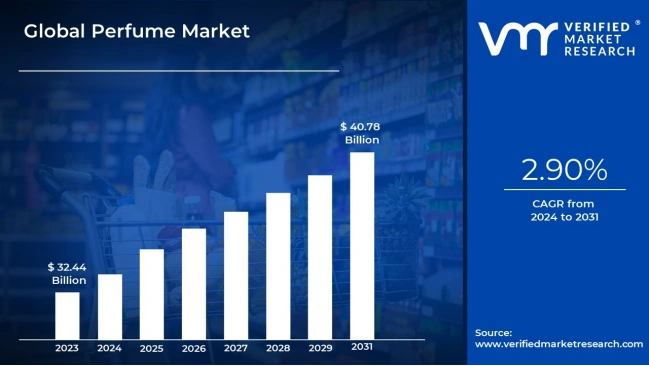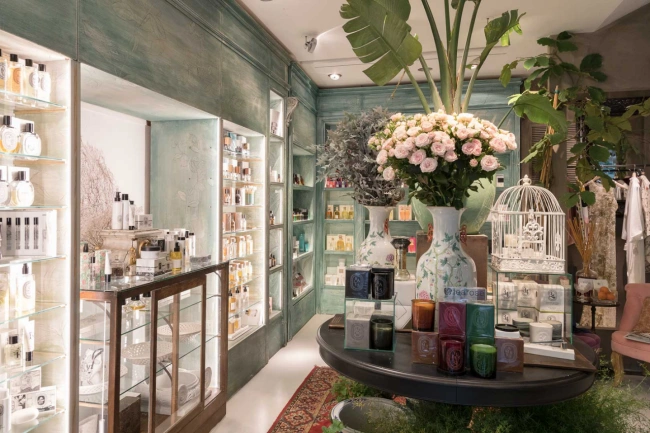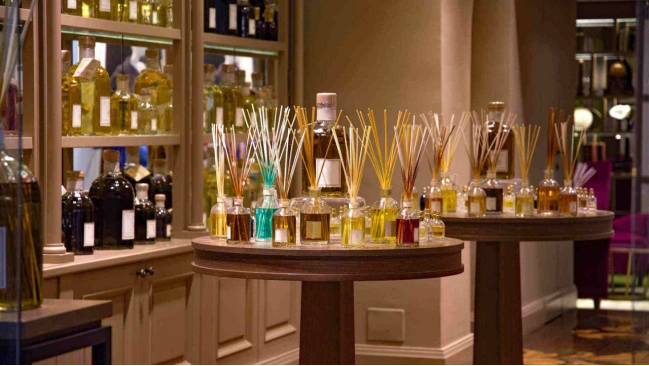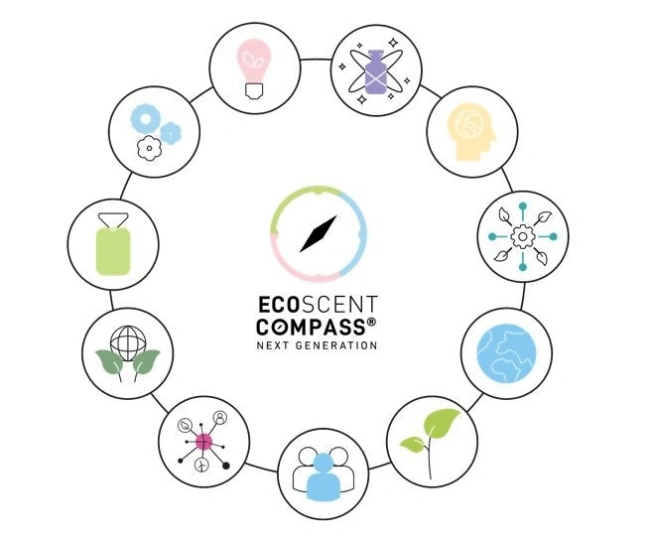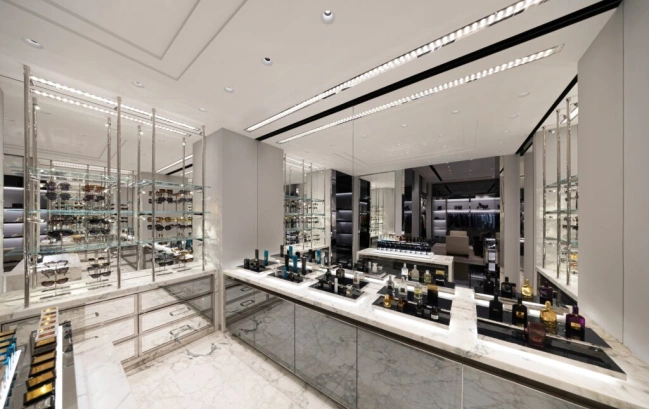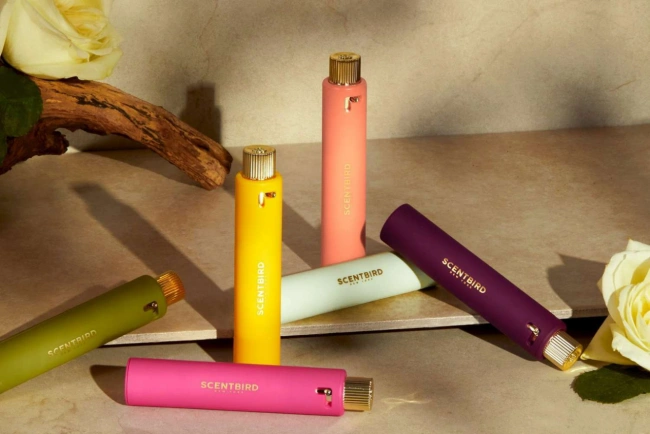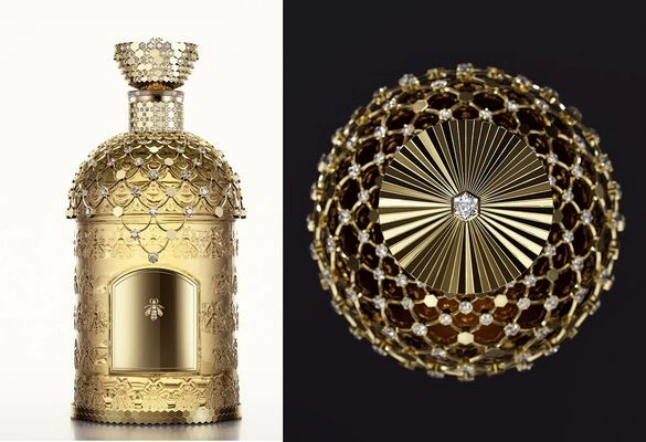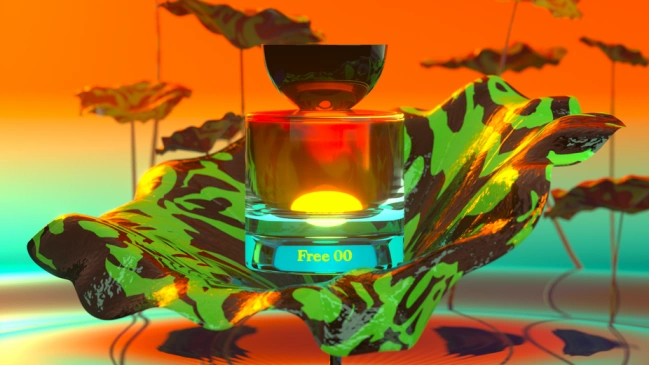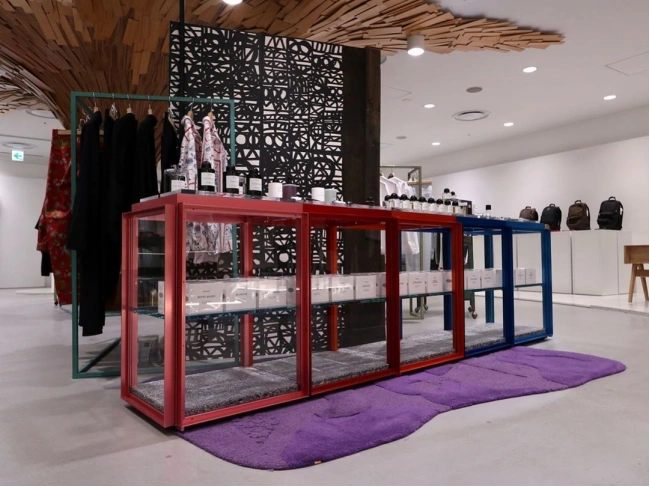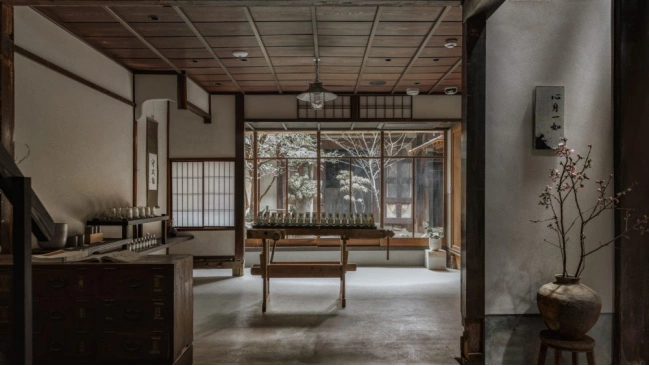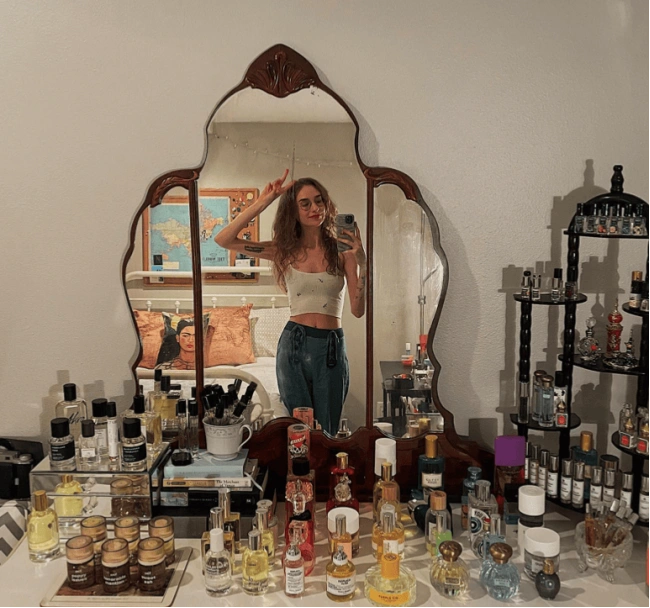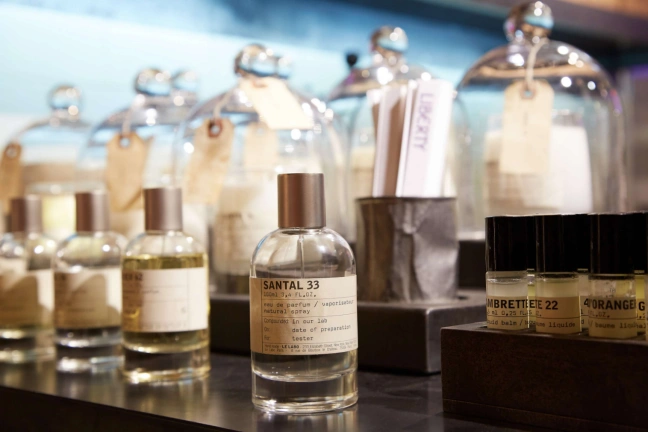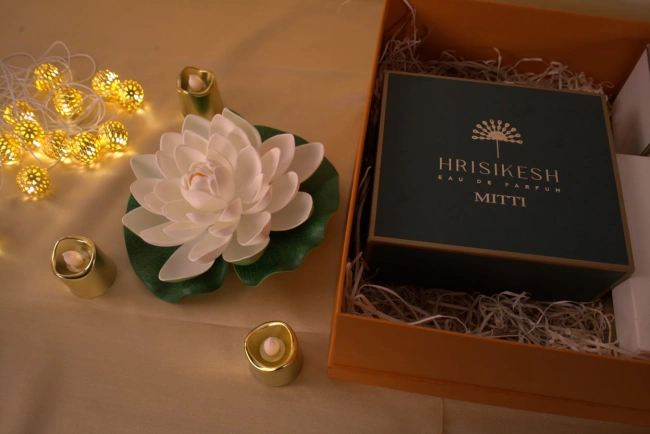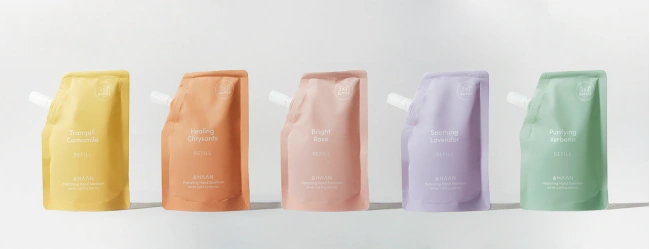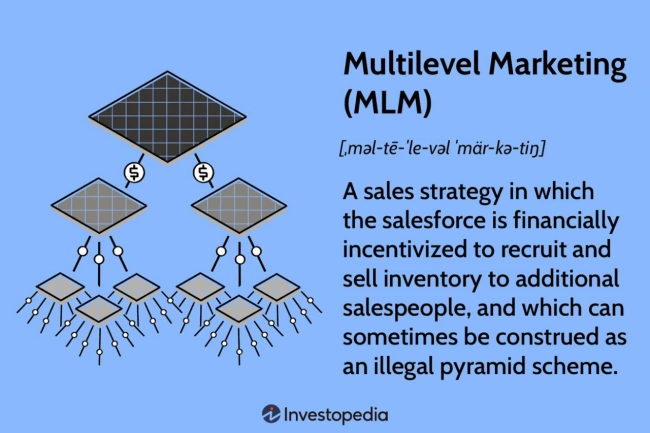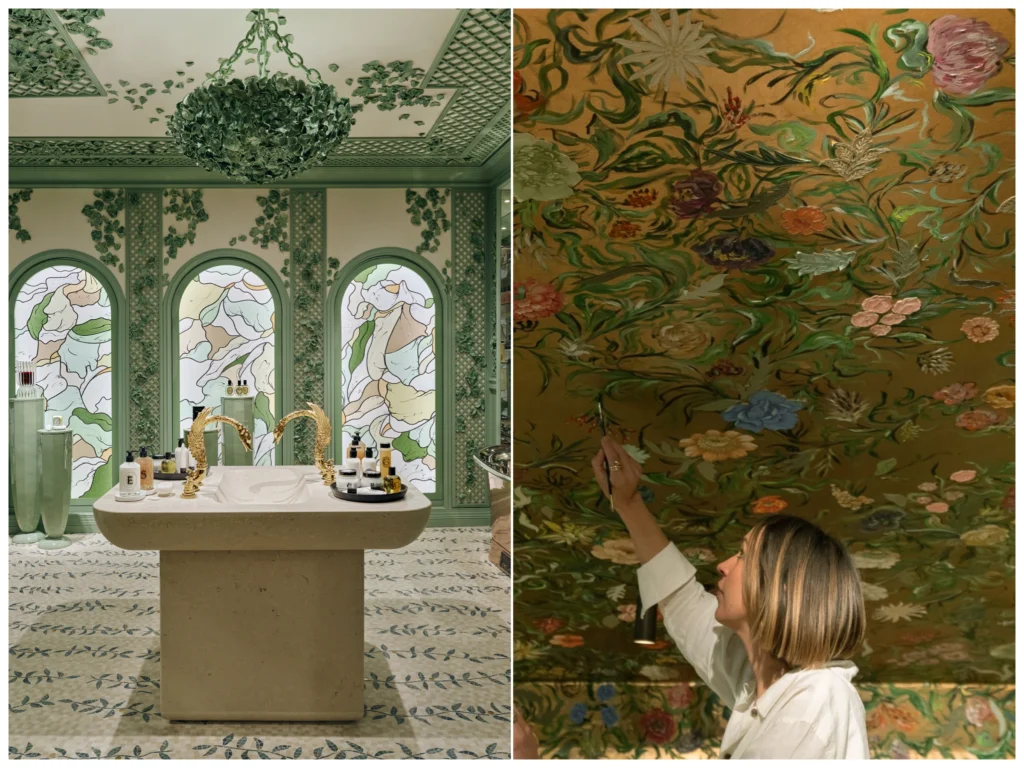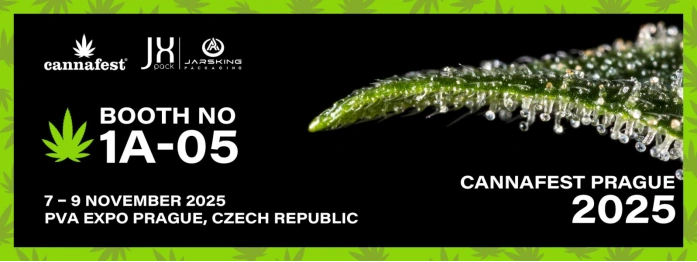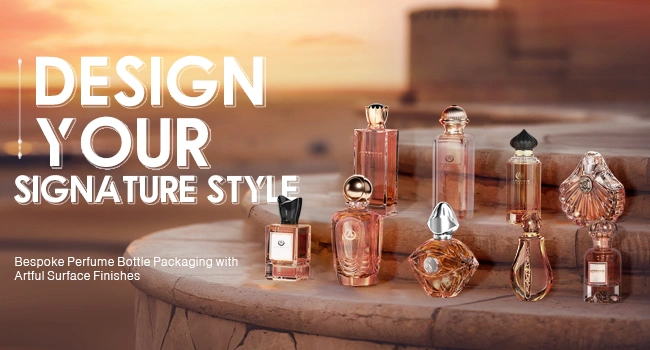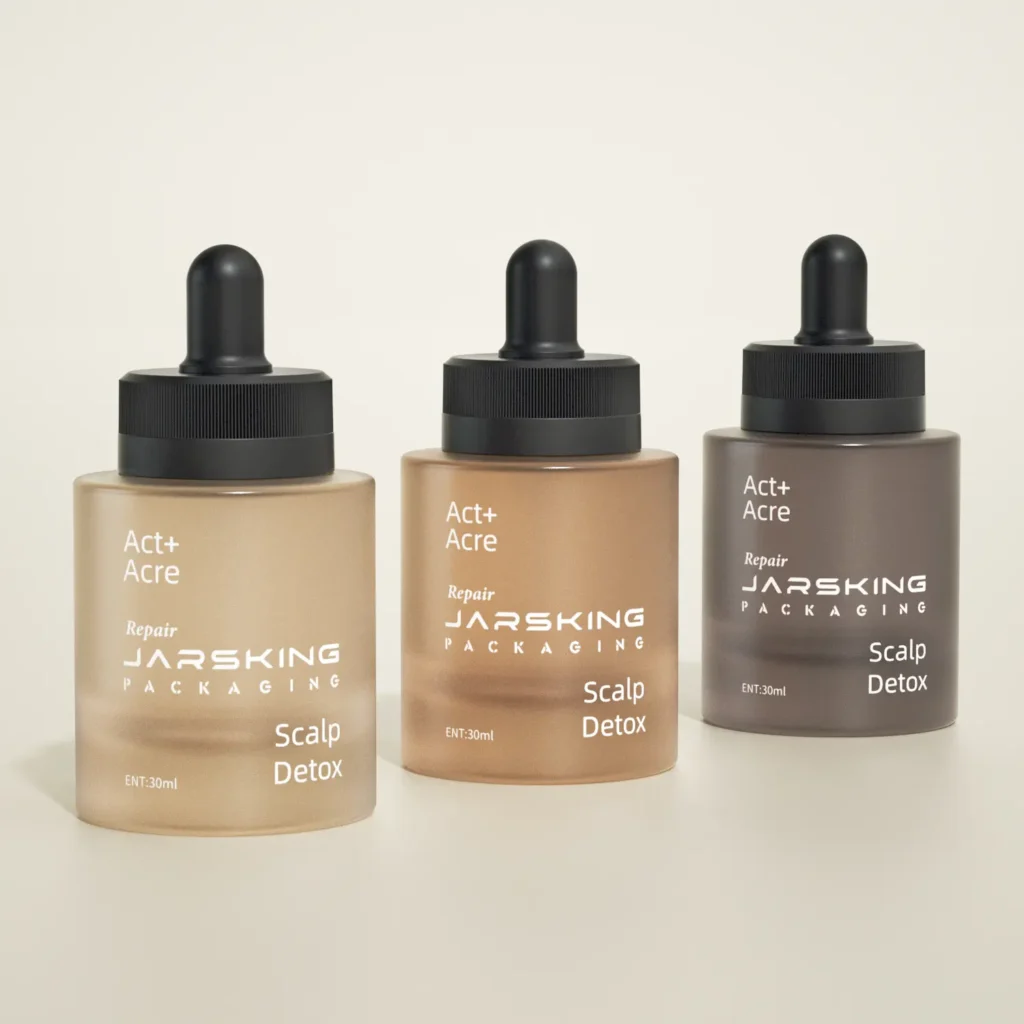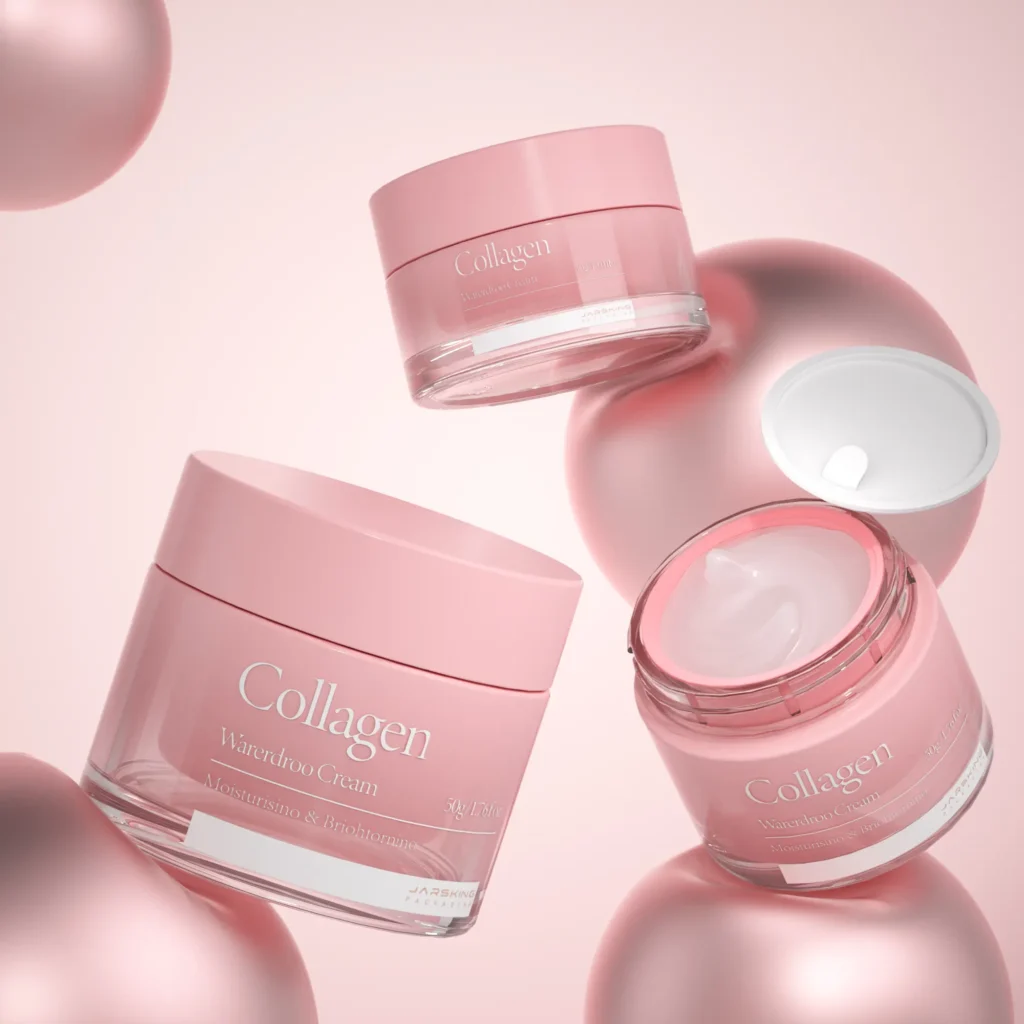Mass Marketing: Celebrity Power and Omnichannel Reach
Celebrity Endorsements:
Chanel No. 5: Brad Pitt’s 2012 campaign boosted sales by 30%, reinforcing its status as a $1.5B/year icon.
Dior Sauvage: Johnny Depp’s association helped it become the world’s 1 male fragrance, generating $200M annually.
Gen Z Appeal: Zendaya’s partnership with Lancôme Idôle increased youth engagement by 40%, per Euromonitor.
Omnichannel Tactics:
E-Commerce Surge: Online sales now account for 23% of fragrance revenue, with Scentbird’s subscription model driving 80% repeat purchases.
Phygital Integration: The Perfume Shop’s AR try-ons lifted conversions by 33%, while LVMH’s “scenttainment” pop-ups increased footfall by 25%.
Insights:
Supermarket Dominance: Mass brands like Ariana Grande’s Cloud rely on Walmart/Target, capturing 32% of non-luxury sales through affordability ($20–$50 range).
TikTok Influence: PerfumeTok drove 45% of U.S. social-media sales in 2023, with viral scents like Maison Margiela’s By the Fireplace selling out in hours.
R&D Investment: AI and Personalization Revolution
AI-Driven Tools:
IFF’s ScentChat™: Reduces fragrance development time by 60% by analyzing real-time consumer feedback via WhatsApp. It identified caramel-condensed milk as a top 2024 trend, leading to Egeo ON Me’s success.
IBM Philyra: Partnered with Symrise to create gender-neutral scents like Mojave Ghost, now 38% of luxury launches.
Sustainability Innovations:
Biotech Ingredients: Givaudan’s enzymatically synthesized jasmine cuts water use by 50% vs. traditional farming.
Circular Packaging: Lancôme’s Idôle refillables reduced plastic waste by 40%, while Guerlain’s biodegradable caps saved 65% in CO2 emissions.
Insights:
Budget Allocation: Estée Lauder and L’Oréal invest 15–20% of R&D budgets in AI, vs. 8% industry average. Unilever’s $100M fragrance R&D hub focuses on neuroperfumery to link scents with emotional well-being.


















































